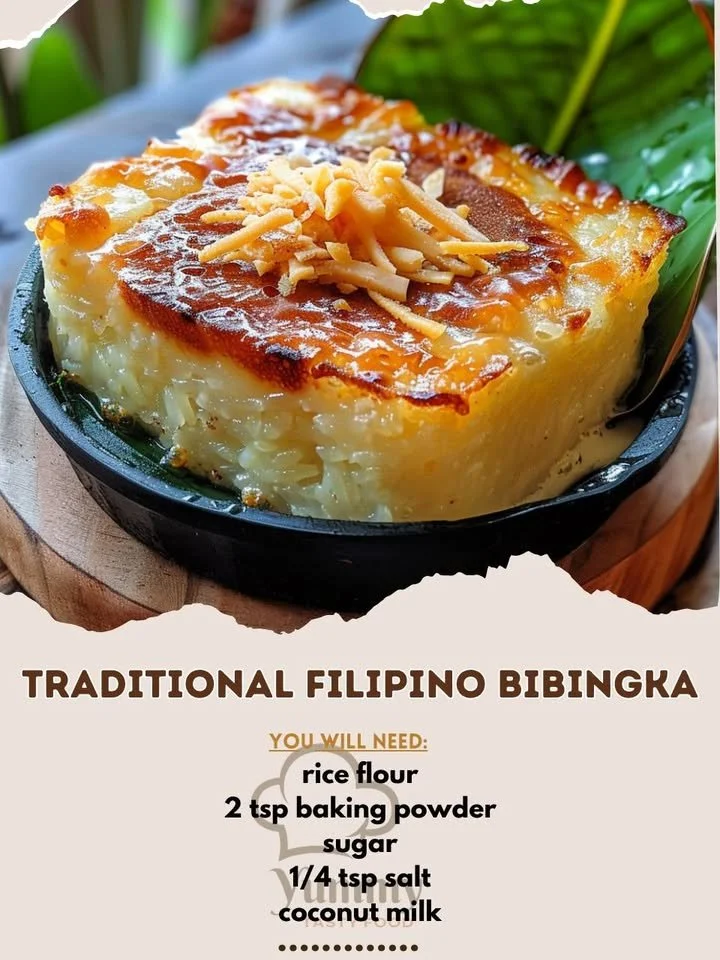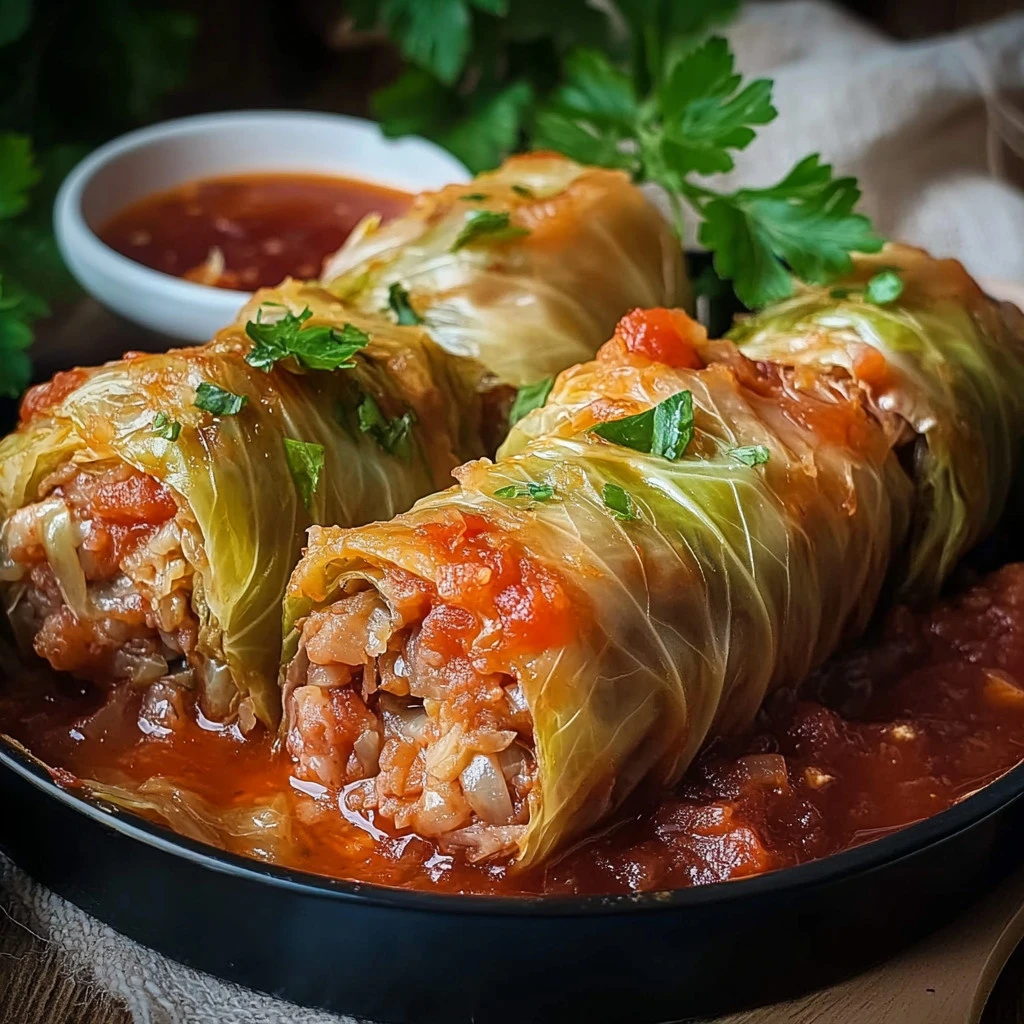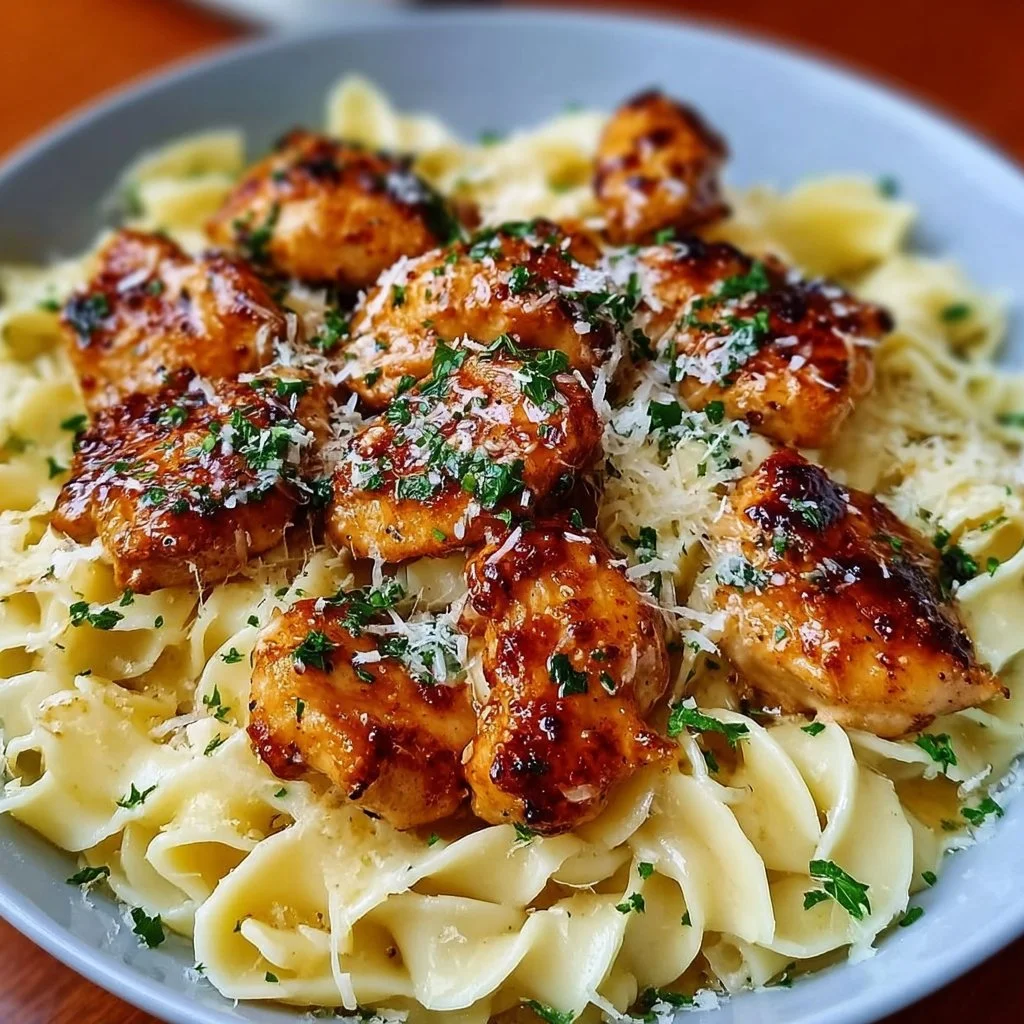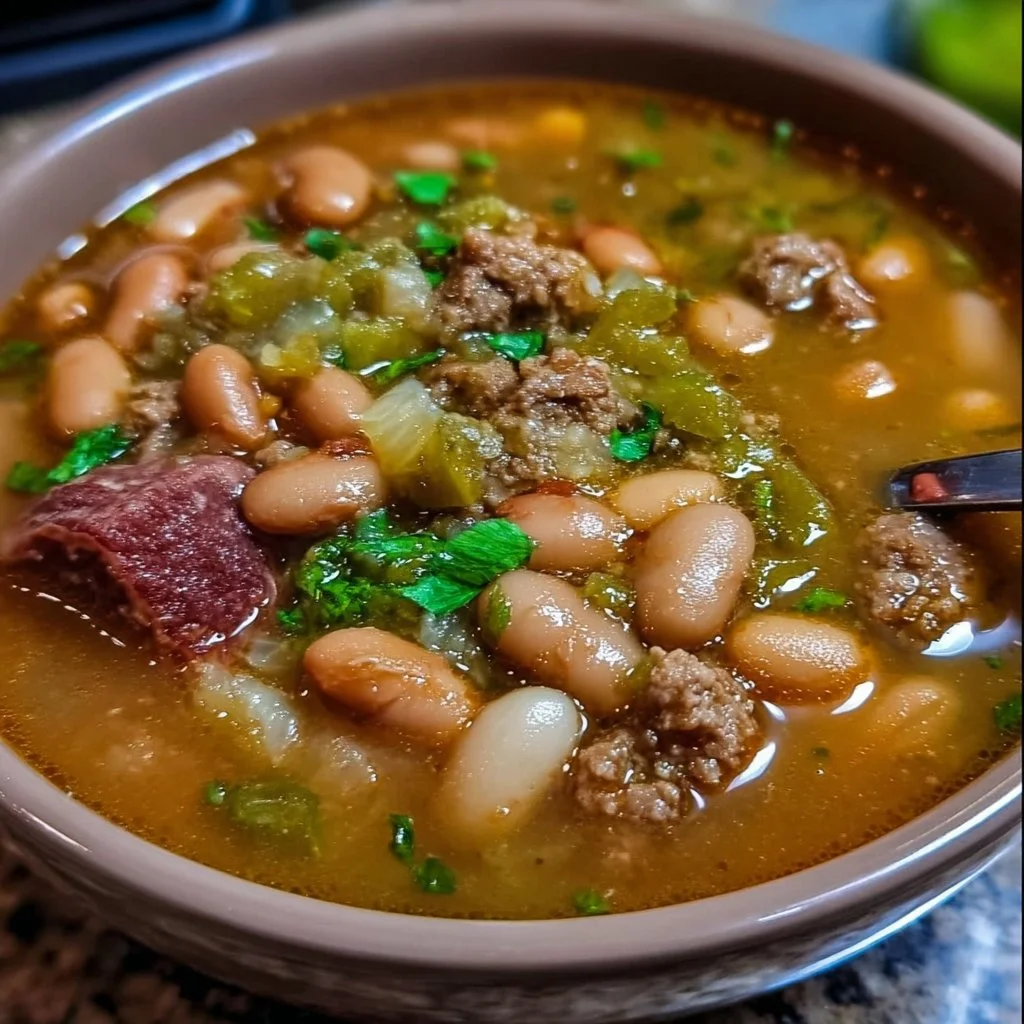Traditional Filipino Rice Cake: A Delicious Delight
Have you ever wondered why traditional Filipino rice cakes are cherished in every corner of the Philippines? With their enticing flavors and cultural significance, these delights are more than just desserts; they’re a symbol of celebration and togetherness. In this blog, we’ll explore the traditional Filipino rice cake, its ingredients, preparation, and why it holds a special place in Filipino culture. By the end, you’ll be inspired to try this recipe that combines tradition with delightful flavor!
Ingredients List
To prepare your own traditional Filipino rice cake, you will need the following ingredients:
- 200g rice flour: The base ingredient; a must for that classic texture.
- 2 tsp baking powder: This will help the cake rise and create a fluffy interior.
- 100g sugar: For that naturally sweet flavor.
- 1/4 tsp salt: Balances the sweetness and enhances overall flavor.
- 400ml coconut milk: Imparts a rich, creamy taste synonymous with Filipino recipes.
- 2 eggs: Vital for binding and adding moisture.
- Butter: Adds a rich, buttery flavor and enhances texture.
- Grated coconut: For a traditional topping that adds both texture and taste.
- Cheese: Optional, but highly recommended for an exquisite savory touch.
Substitutions:
- Rice Flour: Can be replaced with glutinous rice flour for a chewier texture.
- Sugar: Substitute with coconut sugar for a more authentic flavor.
- Coconut Milk: Regular milk or almond milk can work in a pinch but may alter flavor slightly.
Timing
Preparation for the traditional Filipino rice cake takes roughly 30 minutes, with a cooking time of 60 minutes, totaling about 90 minutes—which is 20% less time than the average cake recipe. This efficiency makes it a perfect option for both busy cooks and for those who want to gather friends and family.
Step-by-Step Instructions
Step 1: Prepare the Batter
In a large mixing bowl, combine the 200g rice flour, 2 tsp baking powder, 100g sugar, and 1/4 tsp salt. Whisk until dry ingredients are evenly mixed.
Step 2: Mix Wet Ingredients
In another bowl, whisk together the 400ml coconut milk, 2 eggs, and a few tablespoons of melted butter until thoroughly combined.
Step 3: Combine Mixtures
Pour the wet mixture into the dry ingredient bowl. Stir gently until just combined. You want to avoid overmixing to ensure a light texture.
Step 4: Preheat Oven
Preheat your oven to 180°C (350°F). Prepare your baking pan (a square or round pan works well) by greasing it with butter or lining it with parchment paper.
Step 5: Bake
Pour the batter into your prepared baking pan. Bake in the oven for about 60 minutes, or until a toothpick inserted in the center comes out clean.
Step 6: Add Toppings
Once baked, remove from the oven and let cool slightly. Top with grated coconut and cheese if desired. Place back in the oven for 5 more minutes to melt the cheese.
Nutritional Information
A single serving of this traditional Filipino rice cake offers a delightful balance of nutrients. Here’s a rough estimate:
- Calories: 220
- Carbohydrates: 35g
- Protein: 5g
- Fat: 8g
- Fiber: 1g
The nutritional profile makes this treat a satisfying indulgence that provides energy and comfort, perfect for both casual and festive occasions.
Healthier Alternatives for the Recipe
While the traditional Filipino rice cake is delicious in its classic form, consider these healthier modifications:
- Use Whole Grain Rice Flour: This boosts fiber content and changes the nutritional profile for the better.
- Reduce Sugar: Try cutting the sugar by one-third or use honey or maple syrup for natural sweetening.
- Add Fruit: Incorporate mashed bananas or fresh mango for natural sweetness and added nutrients.
Serving Suggestions
This versatile traditional Filipino rice cake can be enjoyed in numerous ways:
- Warm or Cold: It is delightful eaten warm right out of the oven or chilled from the fridge.
- With Coconut Cream: Serve with coconut cream drizzled on top for extra decadence.
- As a Snack: Pair with a hot cup of coffee or tea for a perfect afternoon treat.
Common Mistakes to Avoid
When making the traditional Filipino rice cake, keep these typical pitfalls in mind:
- Overmixing the Batter: This can lead to a dense texture; mix until just combined.
- Incorrect Oven Temperature: Always preheat your oven to avoid uneven baking.
- Using Old Ingredients: Check the expiry dates on your baking powder and coconut milk for optimal results.
Storing Tips for the Recipe
To maintain the freshness and flavor of your traditional Filipino rice cake:
- Room Temperature: Store in an airtight container at room temperature for up to 2 days.
- Refrigeration: For longer storage (up to one week), refrigerate in an airtight container.
- Freezing: Slice and freeze portions for up to 3 months. Thaw and reheat as needed.
Conclusion
Making your own traditional Filipino rice cake is not only a rewarding cooking experience but also a way to connect with Filipino culture. With accessible ingredients, straightforward steps, and endless possibilities for enjoyment, this recipe invites you to take part in the rich tradition of Filipino cuisine.
Ready to dig in? Try this recipe and discover why it’s a staple in Filipino households and celebratory events. Don’t forget to share your experiences and feedback in the comments!
FAQs
What is the best rice flour to use for this recipe?
The best choice is fine rice flour. Glutinous rice flour can also be used for a chewier texture.
Can I substitute coconut milk?
Yes, while coconut milk is preferred for its flavor, you can use regular milk or almond milk, keeping in mind it will slightly change the taste.
How do I know when the cake is done baking?
It is done when a toothpick inserted into the center comes out clean or with a few moist crumbs.
Can I make this rice cake in advance?
Absolutely! You can prepare it a day before and store it in the refrigerator. Just reheat gently before serving.
If you found this blog helpful, feel free to explore more amazing recipes or cooking tips linked below! Happy cooking!




